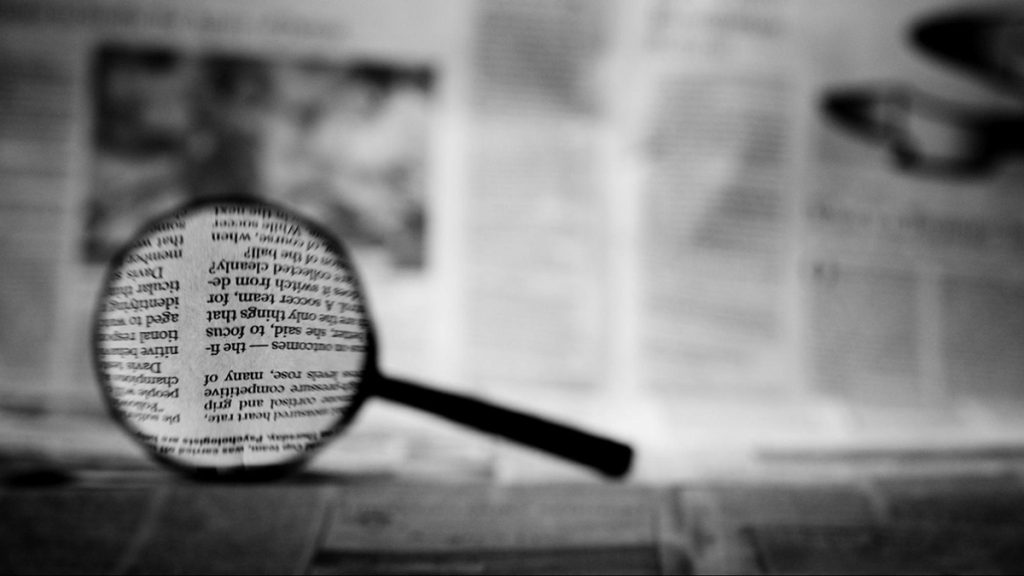
Photo: Christopher Edwin Nuzzaco
Resources for training pop-up community newsroom reporters in deep-dive journalism basics
Teach investigative journalism ethics and best practices
The pop-up community newsroom is a tool designed to help small newsrooms meet the information needs of a community. For example, it can be used after local climate or public health emergencies when there’s a demand for in-depth, original reporting, but where local newsrooms might lack the resources to undertake such projects on their own.
This often involves quickly assembling a team of local subject matter experts and community members — often non-journalists — to participate in investigative reporting. So how can the editor in charge of the pop-up newsroom efficiently train these new reporters in investigative journalism, covering areas like interviewing, fact-checking, ethics and more?
I’ll share a few tools that my newsroom, Boulder Reporting Lab, has used to onboard participants in pop-up newsrooms.
1. Citizens Investigation Guide by the Global Investigative Journalism Network
“Curiosity fuels investigations, and there’s no monopoly on who can be curious,” writes the GIJN in its guide introduction. The pop-up community newsroom’s view of a citizen journalist aligns with GIJN’s: The journalist is working alongside professional journalism organizations.
GIJN clarifies, “Our use of ‘citizen investigator’ encompasses a wider range of individuals, but it’s worth contemplating the ‘citizen journalist’ role. The term ‘citizen journalist’ has taken on various meanings but generally pertains to citizens who collaborate with established media outlets.”
Particularly useful in this guide is its accessible primer on investigation planning and execution. While it does not replace the need for an experienced professional journalism editor in the pop-up, GIJN provides a crash course on the importance of selecting a line of inquiry before work begins. It also offers guidance on how to devise a research plan and schedule, interview effectively, and the importance of due diligence — including how to distinguish between primary documents and secondary sources.
For pop-up newsroom leaders, a lesson on journalism ethics to new reporters is a must. GIJN offers a universal perspective based on the principles of The Ethical Journalism Network, an international organization. While ethics codes are similar across newsrooms and professional journalism organizations – like The Society of Professional Journalists’ code of ethics – the simplicity of this presentation is well-suited for new reporters.
Within the GIJN guide are also multiple handy guides with links for those who want to deepen their know-how.
2. Accuracy checklist by NPR
Most non-journalists in the pop-up newsroom won’t be full-time and will have busy schedules outside of the pop-up project. What distinguishes journalists from advocates or researchers is their unwavering commitment to accuracy through fact-checking and other journalistic practices. For fact-checking, new journalists can refer to NPR’s checklist, updated in 2022, for the basics. Another helpful tip is to have reporters ask themselves of each supposed fact: “Is this a fact? How do I know?” and include a link to the fact-check in the Google Doc comments or hyperlink as they write.
NPR’s suite of training articles are particularly well-suited for those with limited time and reporting experience. For instance, its articles on setting clear expectations with sources before you interview them and how to identify people correctly are part of the pop-up newsroom training toolkit.
3. A Reporter’s Guide to Pre-Publication Review by Reporters Committee For Freedom of Press
The more investigative a pop-up newsroom project is, the more crucial it becomes to address potential legal liability upfront. This prevents a lengthy pre-publication review process by your attorney, saving time and avoiding issues for both reporters and the newsroom. This guide highlights the importance of hyperlinking to relevant reports or public records to substantiate claims in stories. It also emphasizes allowing sources to respond to any and all allegations and including their responses, and how using precise and unambiguous language reduces the risk of legal disputes.
4. The Art and Create of Feature Writing by William E. Blundell
Writing on complex topics can be a challenge even for seasoned journalists. It can be especially perplexing for those new to in-depth journalistic writing. To make the process smoother, it’s helpful to designate one or two experienced writers to the project from the outset. Having multiple writers can lead to confusion and create problems for the editor. The chosen writers should have experience distilling information and have a strong interest in learning journalistic writing. While there are many writing guides available, William Blundell’s book stands out for its focus on pre-writing organization and its systematic approach to structure. It also covers essential concepts like ledes and nut graphs. Buy several copies for your pop-up participants and consider dedicating some time to cover the fundamentals while still encouraging creative freedom within the writing process.

Comments